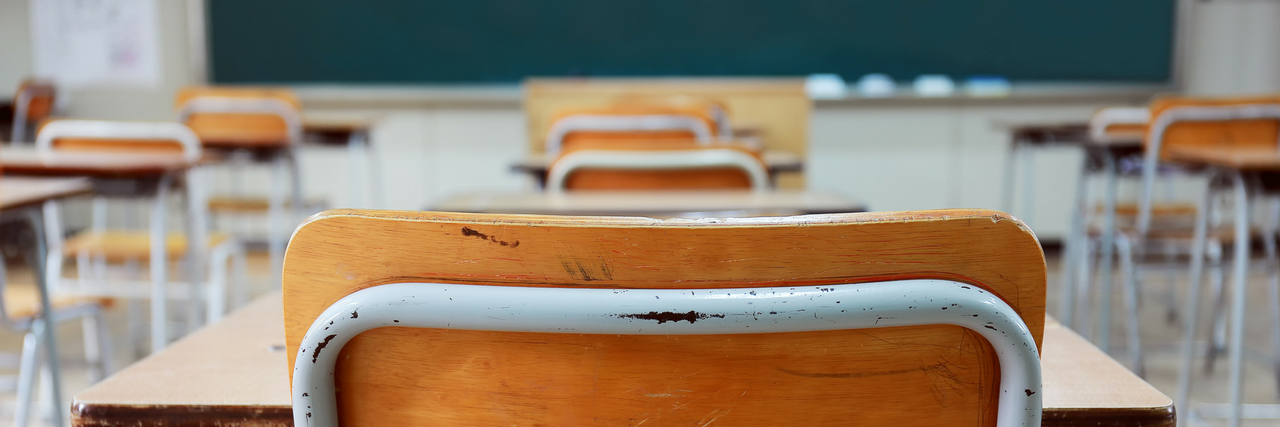Students with disabilities are far more likely to be restrained or secluded at school than other students, according to new data from the U.S. Department of Education’s Office for Civil Rights (OCR).
Virtually all public schools and districts were surveyed during the 2015 to 2016 school year. Over 50 million students were included, with 14 percent (7 million) of the students being students with disabilities. The OCR classifies students with disabilities as those utilizing the Individuals with Disabilities Education Act (IDEA) and Section 504 of the Rehabilitation Act, though most of the data collected represents students with individualized education plans or IEPs.
A total of 122,000 students were restrained or secluded during the 2015 to 2016 school year. Though students with disabilities make up approximately 12 percent of the general student population, 71 percent of those restrained and 66 percent of those secluded were students with disabilities. Restraints were defined as being physically by another person or through the use of a device such as handcuffs. Seclusion meant confining the student to an area against their will where they were alone and unable to leave. The next highest percentage of students restrained or secluded were white students at 48 and 55 percent respectively.
Not only were students with disabilities more likely to be restrained or secluded than their able-bodied peers, they also had higher rates of arrests and law-enforcement referrals. Of the 291,100 students arrested or referred, 82,800 were students with disabilities.
This isn’t the first an OCR report has shown that students with disabilities are disproportionately restrained or secluded. In 2016, Catherine Lhamon, the assistant secretary for civil rights at the OCR, wrote a “dear colleague” letter explaining how restraint and seclusion can lead to discrimination against students with disabilities. The letter is attached to disability discrimination laws related to restraint and seclusion.
Lhamon said the OCR has a resource document of guiding principles that it recommends school districts follow. This includes never using restraint or seclusion for disciplinary purposes. The practices should only ever be used if a student’s behavior poses immediate danger to him or herself or others.
On April 19, the story of a 6-year-old boy on the autism spectrum who was handcuffed at school made national news. The incident report filed by the school resource officer said the boy was being disruptive in computer class and was banging his head on the concrete floor. She said she was afraid he’d hurt himself and at one point he tried to reach for her gun on her belt. When the teacher left the resource officer alone with the child to get the son’s father from the front of the school, she handcuffed him.
The child calmed down after the handcuffs were in place, but the mother believes restraining her son was not in his best interest. Teachers of students with disabilities and other staff members tend to resort to restraint or seclusion because that is what they are trained in and aren’t trained in other effective ways to handle certain situations.
OCR’s report also showed that students with disabilities were harassed or bullied at higher rates than other students not only on the basis of disability but also on sex and race. Of the students disciplined for harassment or bullying, 25 percent of them were students with disabilities.

